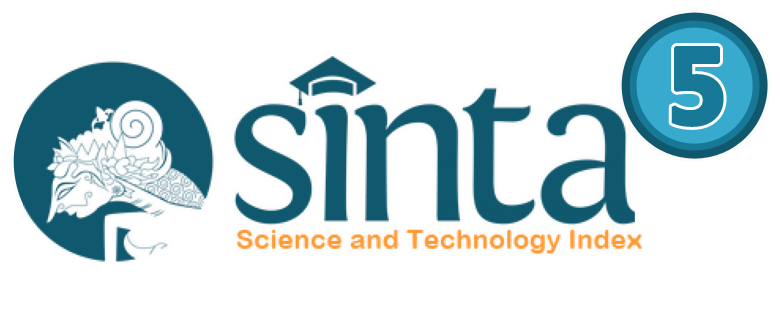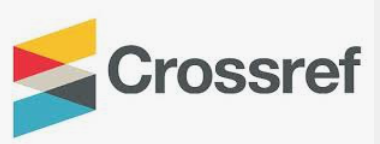Author Guidelines
AUTHOR GUIDELINES
Malang Journal of Midwifery (MAJORY) is an open access journal (e-journal) which receives scientific articles about results of research, methodologies or new approaches of health research relevant to health services. The focus and scopes of the journal include maternal and neonatal health.
All manuscripts should be sent to the Editor of Malang Journal of Midwifery (MAJORY) through the Online Submission in this address https://ojs.poltekkes-malang.ac.id/index.php/MAJORY/. If authors have problems while sending the manuscript online, please contact the Editor at the email majory@poltekkes-malang.ac.id or see contact support.
MANUSCRIPT FORMAT
Manuscript should be uploaded to Malang Journal of Midwifery (MAJORY) standard format, Title, Authors, Affiliation, Email, Abstract, Keywords, Introduction, Methods, Result and Discussion, Conclusion, Acknowledgment and References. Manuscript is written in Indonesian (except abstract tittle, abstract content and keywords) or totally in English with an abstract in both languages. Typed at one side of white paper of A4 size, in two column, 12 pts Times New Roman and 1,5 spacing. The left margin format is 25 mm, right margin 20 mm, top margin 30 mm, and bottom margin 20 mm. The maximum number of manuscript is 12 pages.
Please prepare your manuscript before submission, using the following guidelines and the article template below
MANUSCRIPT TITLE
The title of the paper should be concise and informative. Avoid abbreviations and formula where possible. It should be written clearly and concisely describing the contents of the research. The title of the manuscript should be short and informative, consisting of 20 words maximum.
AUTHORS
Manuscript has main author and co-authors with full name of the author and co-authors (no abbreviation), includes affiliation, and correspondence email clearly.
ABSTRACT
The abstract should be clear, concise and descriptive. Abstract must be written using 150 until 250 words which has no reference. The abstract should be typed as concise as possible and should be composed of: problem statement, method, scientific finding results, and a short conclusion. The abstract should be typed in one paragraph only. It is written in 11pt Times New Roman. References should be avoided. Also, non-standard or uncommon abbreviations should be avoided, but if essential they must be defined at their first mention in the abstract itself.
KEYWORDS
The keywords should be avoiding general and plural terms and multiple concepts. Do not use words or terms in the title as keywords. These keywords will be used for indexing purposes. Keywords should not more than 5 words or phrases in alphabetical order, written in 10 pt Times New Roman.
INTRODUCTION
Background provides the state of the art of the study and consist of an adequate background, the previous researches of the study to show the scientific novelties of the paper. The introduction must contain (sequentially) the general background, the state of the art as a basis for the statement of scientific novelty of the article, gap analysis of what has been produced by previous research, and the statement of the importance of the research carried out. At the end of the introduction must be stated explicitly the purpose of the article review. As you compose the introduction, think of readers who are not experts in this field. Introduction must be written using 750 until 1000 words
METHODS
Method consists of research design, place and time of research, population and samples, data measurement and data analysis methods. Please provide sufficient details of the methods include ethical conduct include number of ethical clearance
RESULTS
The results contain scientific research / development findings and discussions. Scientific findings (scientific finding) obtained from the results of research that has been carried out are described in this chapter but must be supported by adequate data. The scientific findings referred to here are not data obtained from research results (can be attached as supplementary files). Result describe the major findings of the study. It should be clear, concise and can be reports on texts or graphics. Please provide some introduction for the information presented on tables or images. All figures and tables should be active and editable by editor.
DISCUSSION
The discussion should be explore the significance of the results of the study. The following components should be covered in discussion. How do your result relate to the original question or objectives outlined in the background section (what)? Do you provide interpretation scientifically for each of your results or findings presented (why)? Are you result consistent with what other investigators have reported (what else)? Or are there any differences?
CONCLUSION
The Conclusion should answer the objectives of the study or hypothesis. Provide a clear scientific justification for your study, and indicate possible recommendation for midwifery practice and future practice. Conclusions are stated as paragraphs. Numbering or itemize is not permitted in this chapter
ACKNOWLEDGEMENTS
Acknowledgements (if any). Briefy acknowledgments research funders, and any research participants in this section.
REFERENCES
All references referred to in the text of the article must be registered in the References section. The bibliography must contain reference libraries originating from at least 80% of primary sources (scientific journals) issued at the latest 10 (ten) years. Each article contains at least 10 (ten) references. Writing references in text articles and bibliography should use reference management application programs, such as Mendeley with Harvard Style.
COPYRIGHT NOTICE
Authors who publish with Malang Journal of Midwifery (MAJORY) agree to the following terms:
- Authors retain copyright and grant the journal right of first publication with the work simultaneously licensed under a Creative Commons Attribution-ShareAlike 4.0 International License (CC-BY-SA 4.0) that allows others to share the work with an acknowledgement of the work's authorship and initial publication in this journal.
- Authors are able to enter into separate, additional contractual arrangements for the non-exclusive distribution of the journal's published version of the work (e.g., post it to an institutional repository or publish it in a book), with an acknowledgement of its initial publication in this journal.
- Authors are permitted and encouraged to post their work online (e.g., in institutional repositories or on their website) prior to and during the submission process, as it can lead to productive exchanges, as well as earlier and greater citation of published work
PRIVACY STATEMENT
Poltekkes Kemenkes Malang
Jalan Besar Ijen 77C
Malang - Jawa Timur
65112
Tel: +62-341-566075







